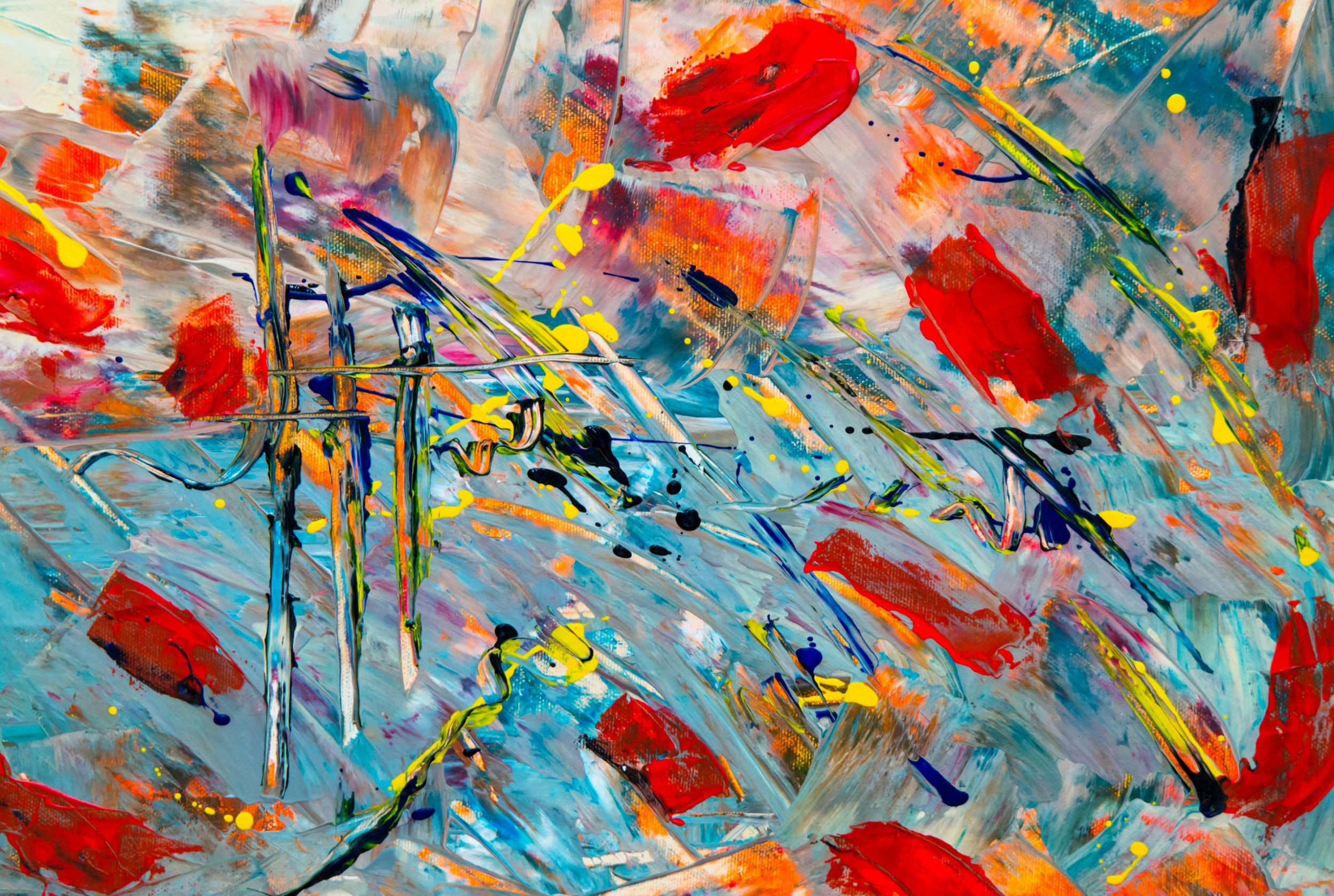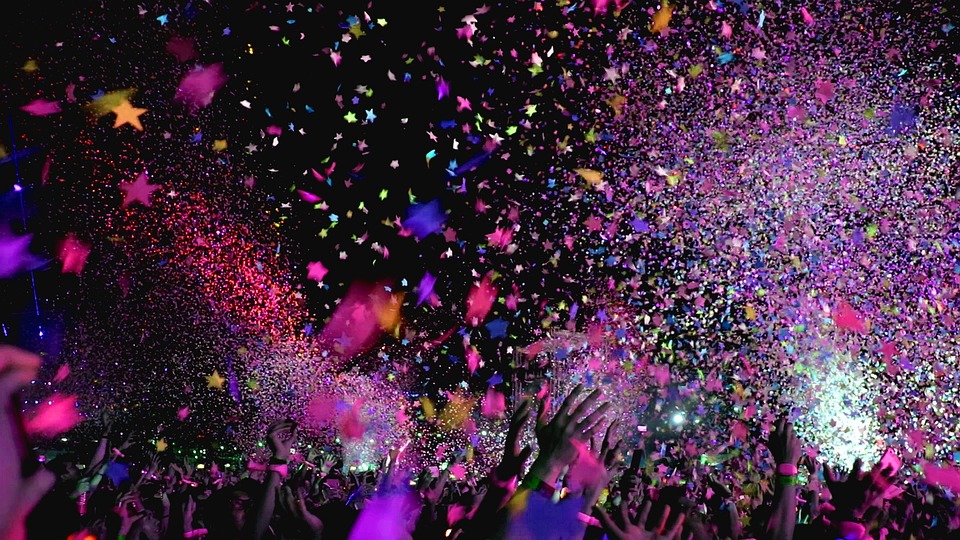In the realm of art, abstract art stands out as a genre that challenges traditional notions of representation and interpretation. With its emphasis on form, color, and movement, abstract art offers a unique way of expressing emotions and ideas without being tied to a specific subject matter. This article explores the essence of abstract art from a modern perspective, shedding light on its significance in today’s tech-driven world.
The Evolution of Abstract Art
Abstract art emerged in the early 20th century as artists sought to break free from the constraints of representational art. Influenced by movements such as Cubism, Surrealism, and Expressionism, abstract artists experimented with new ways of depicting the world around them. The use of geometric shapes, bold colors, and non-representational forms became central to the language of abstract art.
The Tech Connection
As technology continues to advance at a rapid pace, abstract art has found a new relevance in the digital age. The use of digital tools and software has enabled artists to create complex and innovative works that push the boundaries of traditional art forms. From digital painting to interactive installations, technology has opened up a whole new world of possibilities for abstract artists.
The Impact of Abstract Art
Abstract art has the power to evoke emotions, spark creativity, and stimulate the imagination. By breaking away from realism and representation, abstract art invites viewers to interpret and experience art in a more personal and subjective way. In a world dominated by screens and algorithms, abstract art offers a refreshing reminder of the power of creativity and human expression.
The Future of Abstract Art
As we look to the future, abstract art is poised to continue evolving and expanding in exciting new ways. From virtual reality experiences to AI-generated artworks, the possibilities for abstract art in the tech-driven world are endless. As artists continue to experiment with new technologies and platforms, abstract art will remain a vital and dynamic force in the contemporary art scene.
Art has always been a reflection of society, and abstract art is no exception. By embracing new technologies and perspectives, abstract art continues to push the boundaries of creativity and innovation in the modern world. As we navigate the complexities of the digital age, let us not forget the timeless power of abstract art to inspire, challenge, and provoke thought.

